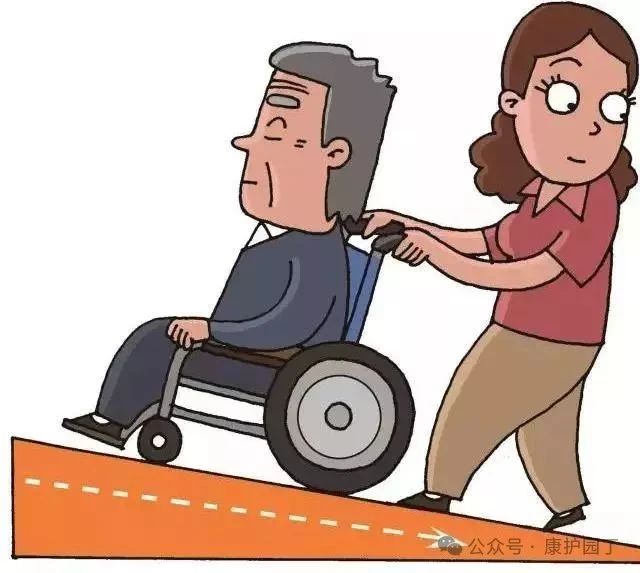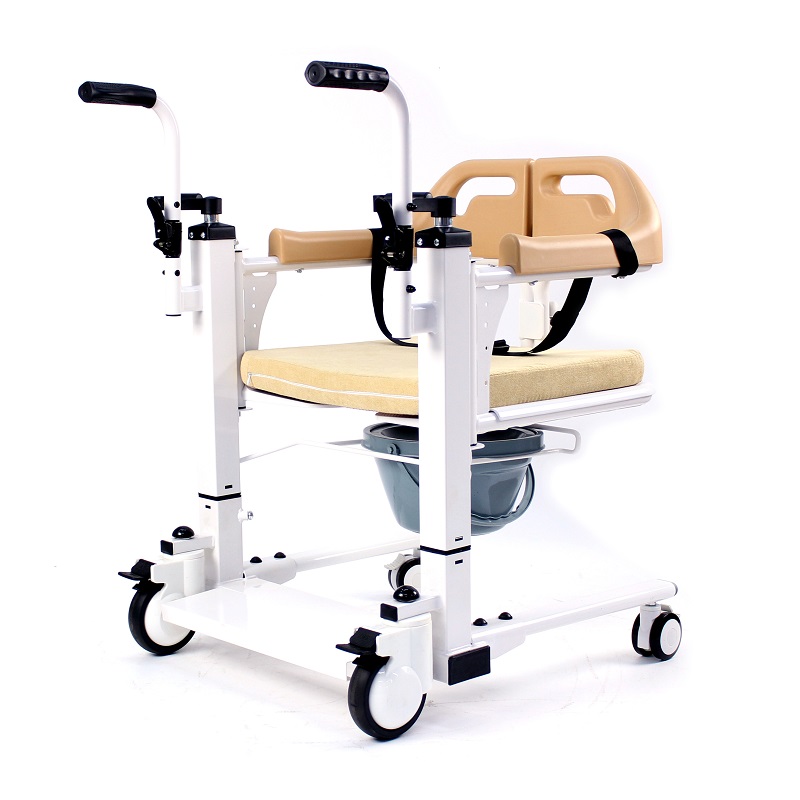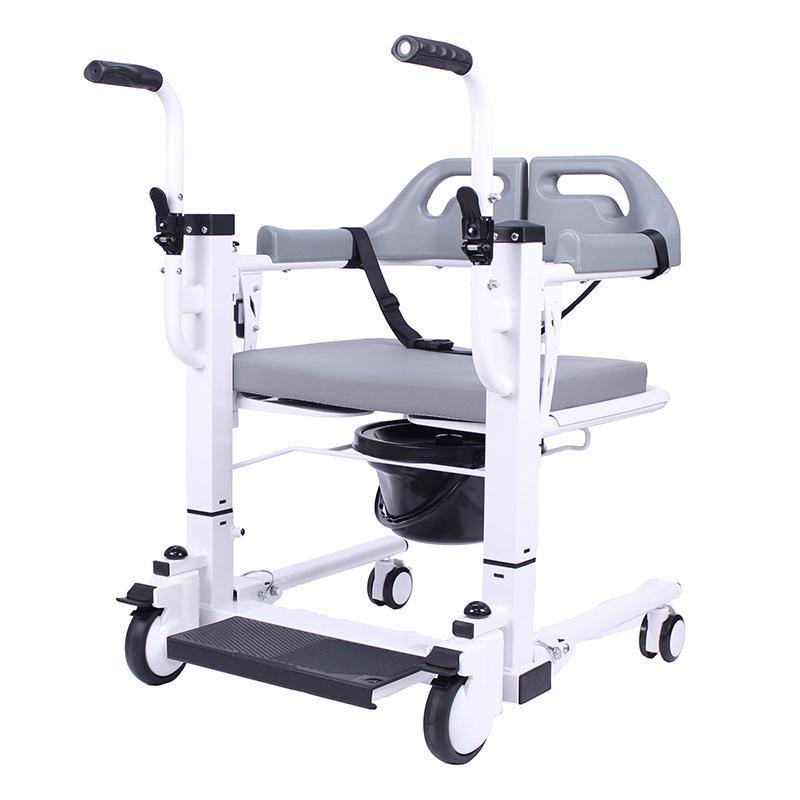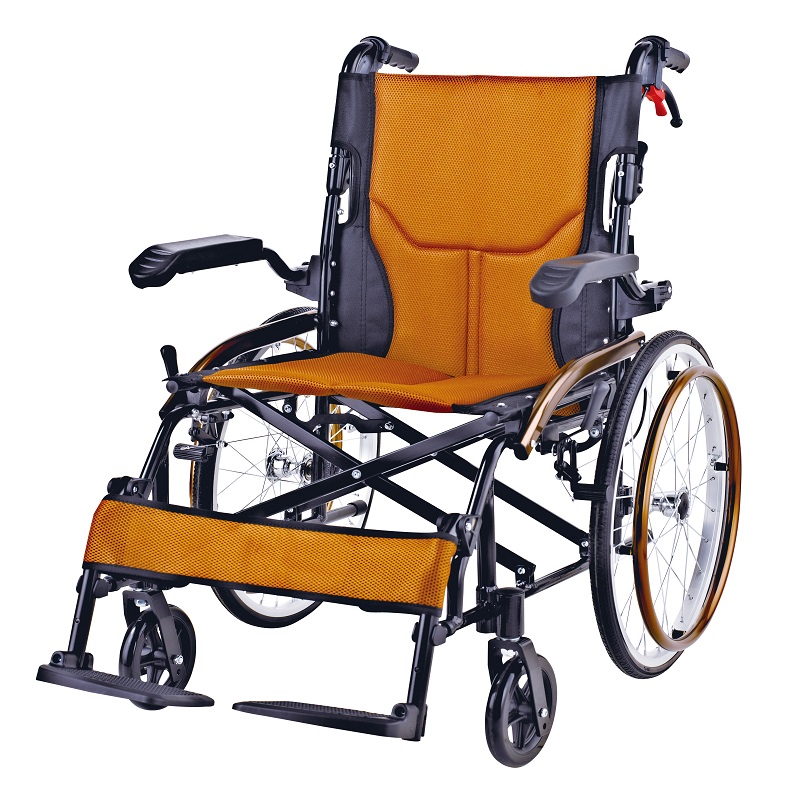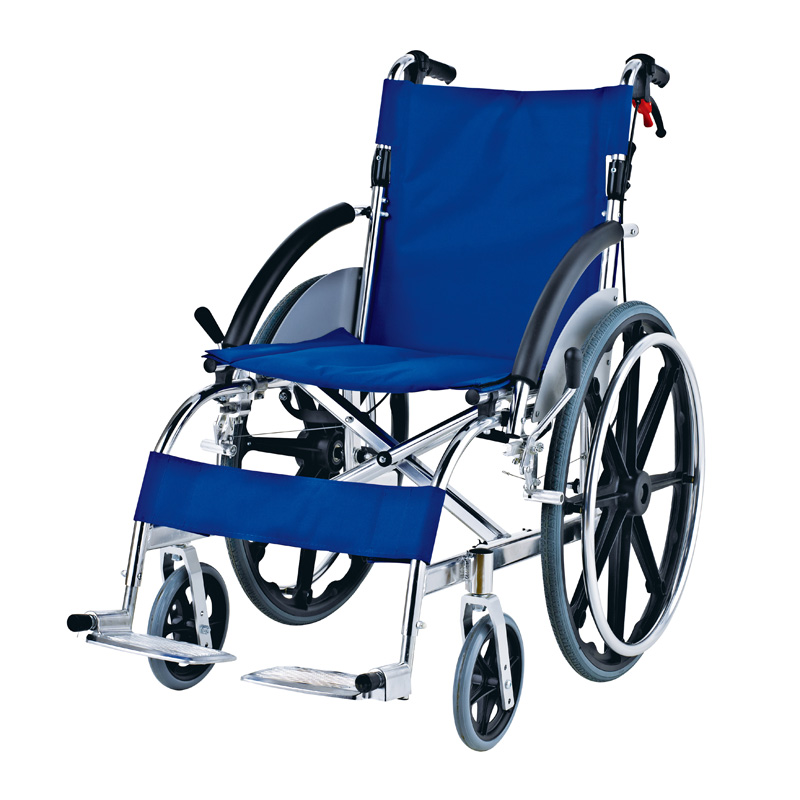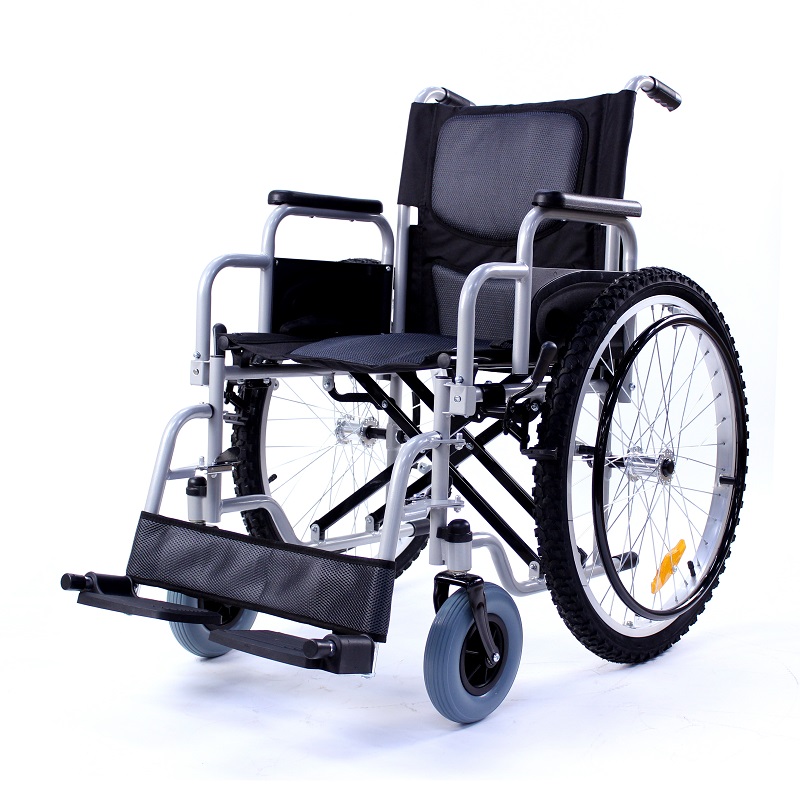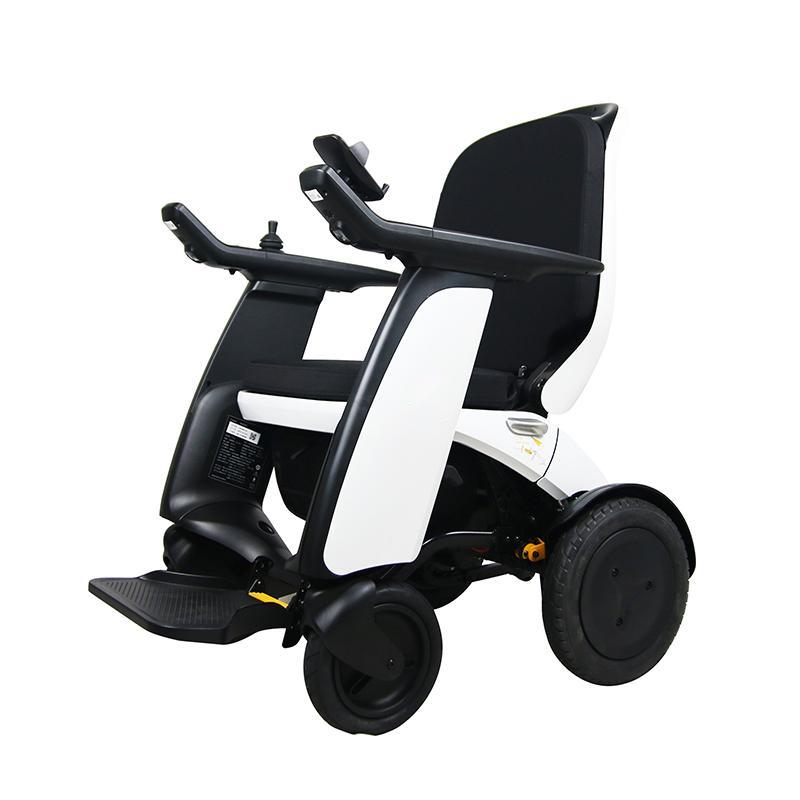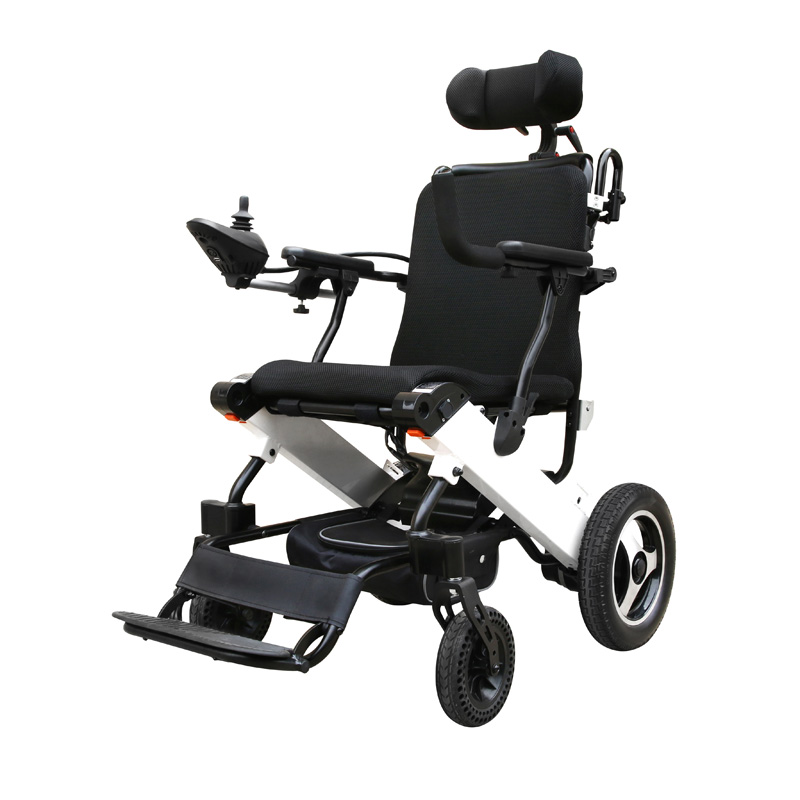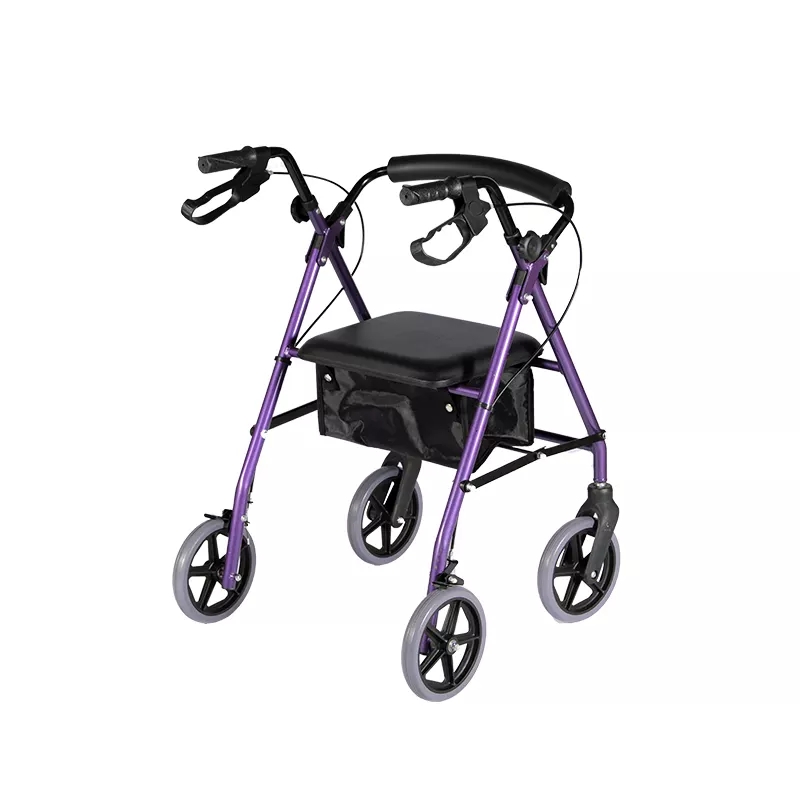Hemiplegic patients often have varying degrees of functional impairment and sensory impairment, which brings many inconveniences to their lives.
They often need to use assistive devices or help from others to complete their normal lives. Wheelchairs included manual wheelchair and power
wheelchair are one of the commonly used assistive tools for hemiplegic patients. Therefore, it is a compulsory course for patients and their family
members to learn how to use wheelchairs correctly. Next, let's learn how to use wheelchairs correctly!
01 How to choose a wheelchair correctly
1. Seat height: When sitting, the knee joint is flexed 90°, and the distance from the heel to the popliteal fossa is about 40~45cm
2. Seat width: When sitting, leave a 2.5cm gap on each side of the buttocks
3. Seat length: When sitting in a wheelchair, leave a 5~6.5cm gap between the popliteal fossa and the seat cushion
4. Armrest height: When sitting, place the forearm flat on the armrest so that the elbow joint can be 90°
5. Backrest height: Determined according to the patient's upper body function, the higher the backrest, the more stable
6. Cushion: To prevent pressure sores, you can place a cushion on the backrest and the seat

02 Key points for wheelchair use
1. Understand the structure and instructions for use of the wheelchair
2. How to open the wheelchair: Place your palms on the horizontal bars on both sides of the seat and push down to open it; when folding, first turn
up the foot pedal, then hold the two ends of the center of the seat cushion with both hands and pull it up at the same time
3. Check the performance of the wheelchair before use: whether the performance of the seat cushion, backrest, tires, brakes, foot pedals, seat belts,
etc. is intact
4. Develop the habit of pulling the handbrake at any time before and after the wheelchair is transferred
5. When sitting in a wheelchair, always fasten the seat belt and place your feet on the foot pedals to ensure the safety of the patient
6. Choose a flat and spacious environment for transfer; when going uphill, hold the handrails with both hands and lean back; when going downhill,
the method is the same as before, the wheelchair goes backwards, slow down, and pay attention to safety
7. Wheelchair decompression training (long-term use of wheelchair): Use both upper limbs to support the body every 15 to 20 minutes, lift the hips
to decompress; if you can't support it with your hands, you can tilt your trunk to the side so that one side of the hip leaves the seat cushion. After a while,
lift the other side of the hip, and alternate between left and right hips to decompress
